A balanced investment portfolio is essential for achieving long-term financial stability and growth. By diversifying your investments across various assets, you can manage risks better and enhance potential returns. This article provides a step-by-step guide on how to build a balanced investment portfolio and explores the essential principles of diversification, asset allocation, and risk management.
Understanding a Balanced Investment Portfolio
A balanced investment portfolio includes a variety of asset classes, such as stocks, bonds, real estate, and cash equivalents, to spread risk and achieve a mix of growth and income. The goal is to create a portfolio that can weather market fluctuations while providing steady returns.
Step-by-Step Guide to Building a Balanced Investment Portfolio
1. Determine Your Investment Goals
Before you start building your portfolio, clearly define your investment goals. Are you saving for retirement, a down payment on a house, or your children’s education? Your goals will influence your investment choices and time horizon.
2. Assess Your Risk Tolerance
Understanding your risk tolerance is crucial in determining the right mix of assets for your portfolio. Risk tolerance is your ability and willingness to endure market volatility without panicking or making impulsive decisions.
To assess your risk tolerance, you can use tools like Vanguard’s Risk Tolerance Questionnaire.
3. Diversify Your Investments
Diversification involves spreading your investments across different asset classes and sectors to minimize risk. A well-diversified portfolio can mitigate the impact of poor performance in any single investment.
– Stocks: Equities offer higher growth potential but come with higher risk.
– Bonds: Fixed-income securities provide stability and income but typically offer lower returns.
– Real Estate: Property investments can offer income and capital appreciation.
– Cash Equivalents: Include assets like money market funds or certificates of deposit for liquidity and safety.
4. Allocate Your Assets Wisely
Asset allocation is the process of deciding how to distribute your investments among different asset classes. Your allocation should align with your risk tolerance, time horizon, and investment goals.
– Age-Based Allocation: Younger investors might allocate more to stocks for growth, while older investors might prefer bonds for stability.
– Income Needs: If you need regular income, consider allocating more to bonds or dividend-paying stocks.
5. Rebalance Your Portfolio Regularly
Over time, market fluctuations can cause your portfolio to drift from its original allocation. Rebalancing involves adjusting your holdings to realign with your target asset allocation, ensuring you maintain a balanced portfolio.
6. Consider Professional Advice
While building a balanced portfolio can be done independently, consulting with a financial advisor can provide personalized guidance tailored to your specific needs and goals.
To find a certified financial advisor, refer to The National Association of Personal Financial Advisors (NAPFA).
Benefits of a Balanced Investment Portfolio
– Risk Management: Diversification helps spread risk, reducing exposure to any single asset.
– Steady Growth: Mixing various asset classes can provide a balanced approach to growth and income.
– Peace of Mind: A well-balanced portfolio can help investors stay calm during market volatility.
Common Mistakes to Avoid
– Over-concentration: Avoid putting too much of your portfolio in a single asset or sector.
– Neglecting Rebalancing: Regularly review and adjust your portfolio to maintain balance.
– Ignoring Fees: Be aware of fees associated with investments, as they can erode returns over time.
Building a balanced investment portfolio is a fundamental step towards achieving your long-term financial goals. By carefully assessing your risk tolerance, diversifying your investments, and regularly rebalancing your portfolio, you can create a resilient investment strategy that adapts to changing market conditions.
For more insights into building a balanced investment portfolio and personalized financial advice, consider consulting with a professional advisor. Stay updated with the latest investment trends and strategies by subscribing to our newsletter or visiting ImperialAssetCapital.com.
